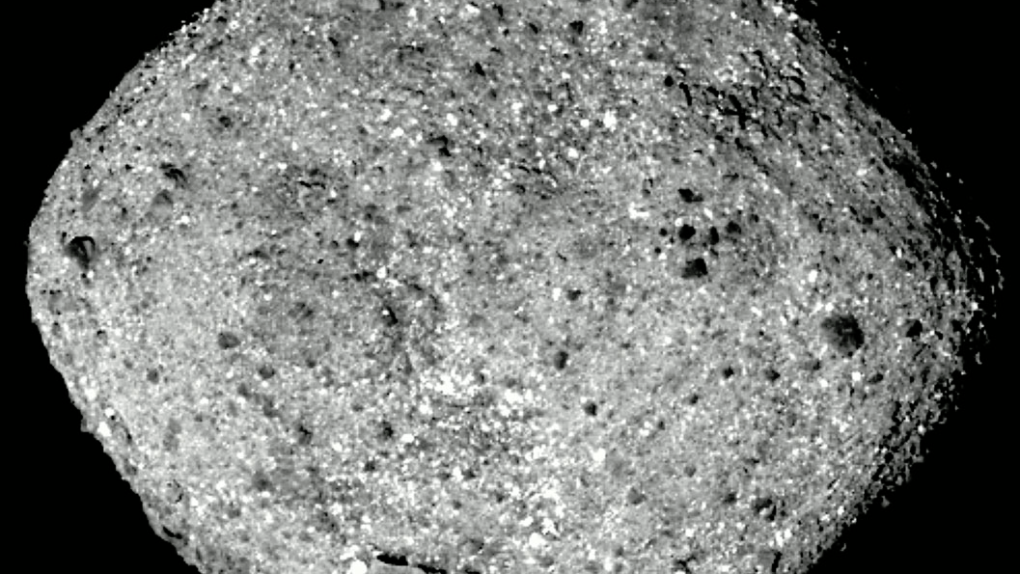NASA’s OSIRIS-REx asteroid probe arrived at its target, a large space rock known as Bennu, in early December. The spacecraft’s mission will take several years to complete, but it hit a major milestone to close out 2018 by entering orbit around Bennu. It might not sound like much, but it’s actually a major accomplishment for NASA, and it’s set a couple of new records in the process.
As AP reports, the probe’s successful maneuver to enter orbit around Bennu makes it the first spacecraft to orbit a celestial object so small. At only around 1,600 feet in diameter, it’s the smallest object ever to be successfully orbited, and OSIRIS-REx’s close orbital distance of just over a mile is also record-breaking.
The OSIRIS-REx mission was originally launched way back in late 2016. It took a couple of years for the probe to even make it to its asteroid target, but now that it’s there it can begin studying Bennu in much greater detail than has ever been possible before.
We got our first clear look at the rock’s surface last month. The images delivered by the probe reveal a messy collection of debris strewn all over the asteroid’s exterior. Ultimately, the mission’s biggest challenge will be to collect some of that material and then return it to Earth, but the touch-and-go sample collection process won’t begin until 2020.
Once the probe snatches some rock from Bennu’s exterior it will begin the long trip back to Earth, eventually arriving sometime in 2023 if all goes according to plan.
The in-orbit surveys of the asteroid and eventual delivery of asteroid material will help researchers understand what makes up some of the larger asteroids in our Solar System. Determining how they formed and other details about their origins could help astronomers tell a more detailed story about the origins of our system and Earth itself, and perhaps help us prepare and forecast asteroid impacts in the future.








